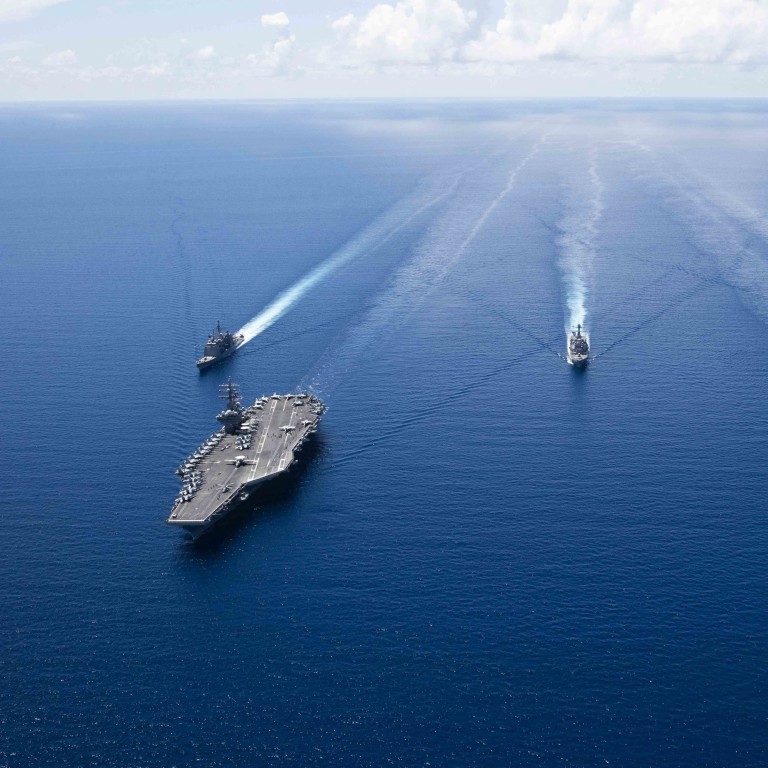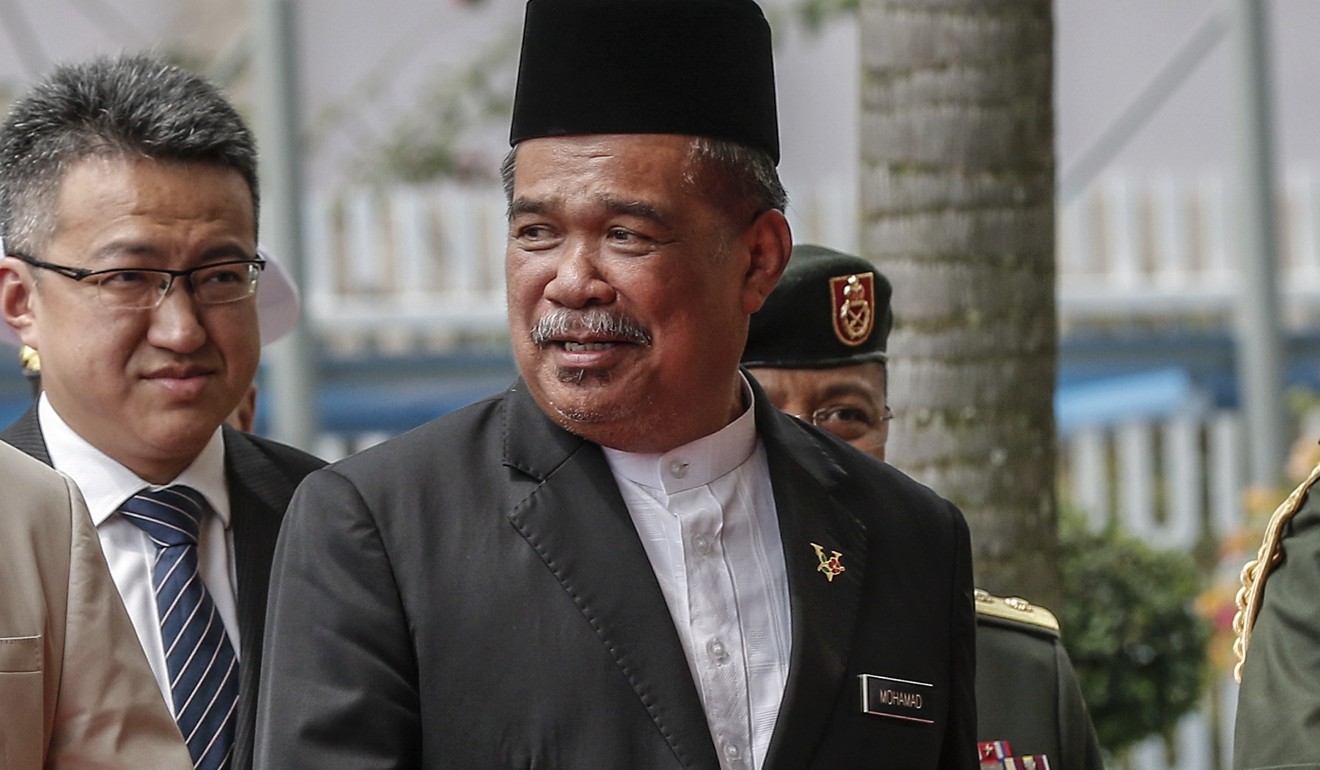
Malaysia flags US-China rivalry and jihadist fighters as key threats in first ever defence white paper
- Minister Mohamad Sabu unveils document to lawmakers with warning that competition between the superpowers is likely to intensify
- Opposition MPs say paper is short on funding details as Malaysia struggles to keep up with spending by its neighbours
Tabling the 90-page white paper in the legislature, Mohamad said the document’s purpose was to involve ordinary citizens in defence policymaking discussions and flesh out the country’s strategic outlook as a “bridging linchpin connecting the Asia-Pacific region with the Indian Ocean”.
Opposition MPs however hammered the minister for the document’s lack of details – including on how the government planned to fund programmes and asset procurement.
Hishammuddin Hussein, a former defence minister under the previously long-ruling administration defeated in elections last year, described the white paper as “disappointing and worrying”.
He claimed Mohamad’s ministry had reused some parts of defence policy presented during the time of his Barisan Nasional government.

The white paper – circulated among MPs but yet to be made public – received the approval of parliament late on Monday after a full day of debate.
Tensions between the superpowers was the key threat Mohamad mentioned in his opening speech.
Despite areas of cooperation and continuing negotiations between the US and China over their trade war, the world’s two largest economies were in the future more likely to be competitive rather than tolerant of each other, Mohamad told lawmakers.
He said the tariff dispute appeared to be intensifying, with the relationship also coloured by “technological decoupling, maritime, and other tensions”.
Durian gentrification: don’t sniff, it’s Malaysia’s soft power plan to become Musang King of the world
The South China Sea dispute – in which Malaysia is a claimant state – also received mention.
The minister said China’s “occupation, militarisation and other activities” in the waters, along with the US navy’s regular freedom of navigation operations there, meant a matter of regional rivalry was now one of “great power competition”.
Mohamad raised the issue of a major power’s “government vessels” encroaching on Malaysia’s exclusive economic zone in waters off the eastern states of Sabah and Sarawak.
While he did not name China, it is common knowledge that Malaysia has had to contend with Chinese coastguard vessels patrolling and mooring in waters within its sovereignty under international law.
China claims almost the entirety of the South China Sea as part of its controversial “nine-dash line”.

Elsewhere in East Asia, while economic integration had hastened, regional security remained a concern because of “flashpoints” such as the Korean peninsula, Mohamad said.
Addressing concerns about the lack of funding details in the white paper, the defence minister said in his winding up speech that the document had to be viewed in tandem with others such as the 12th and 13th Malaysia Plans – which are economic policy papers for the periods 2021-2025 and 2026-2030.
The paper unveiled on Monday outlines the defence strategy from 2021 to 2030.
Malaysia warns Isis may shift base to Southeast Asia, as militants seek fake passports
Earlier, Mohamad said a separate national defence industry policy would be drafted following parliament’s approval of the white paper on Monday.
Malaysia is expected to invite bids for a multibillion-dollar acquisition of up to 36 light combat aircraft early next year, according to reports.

